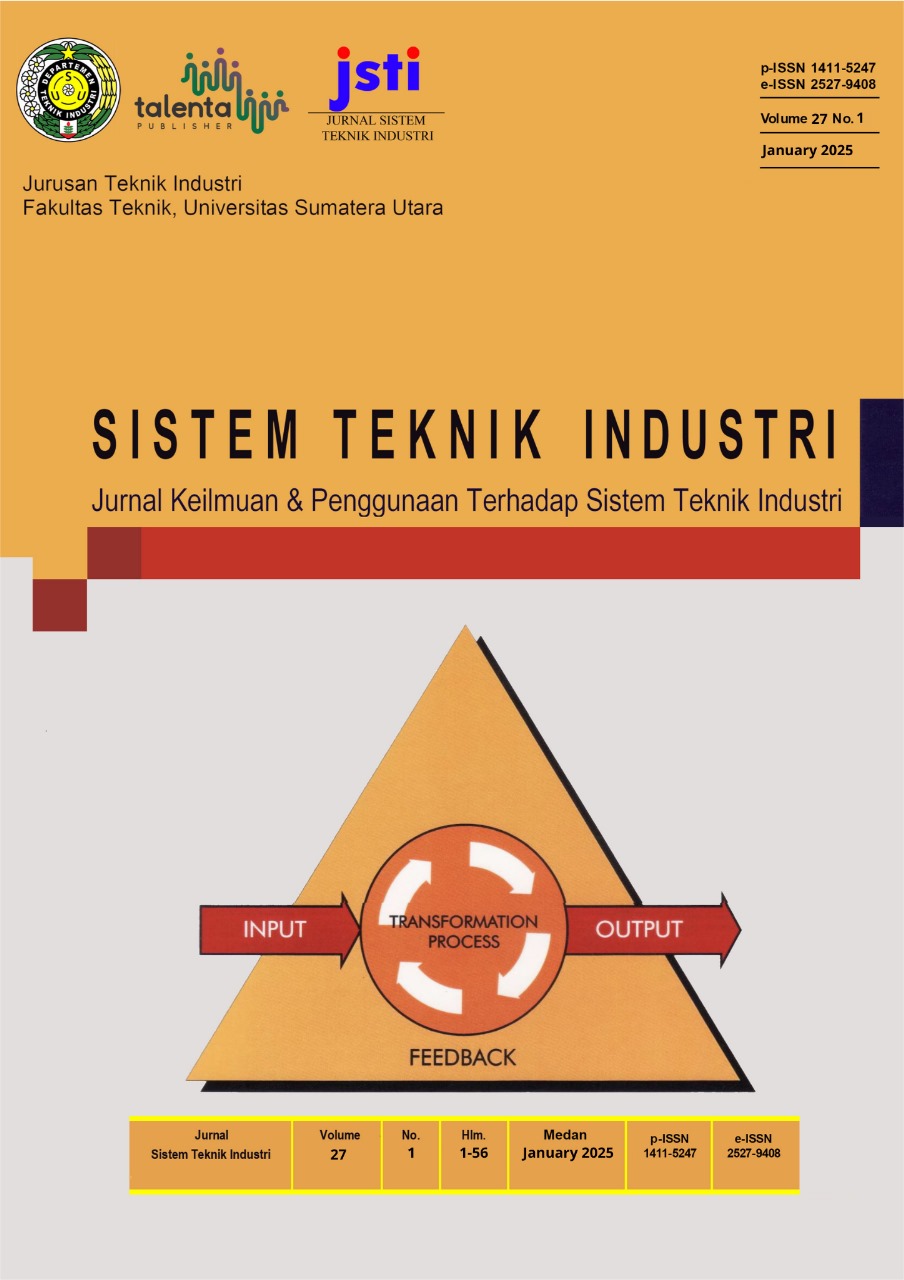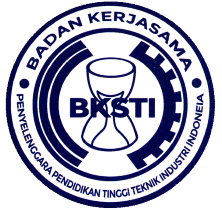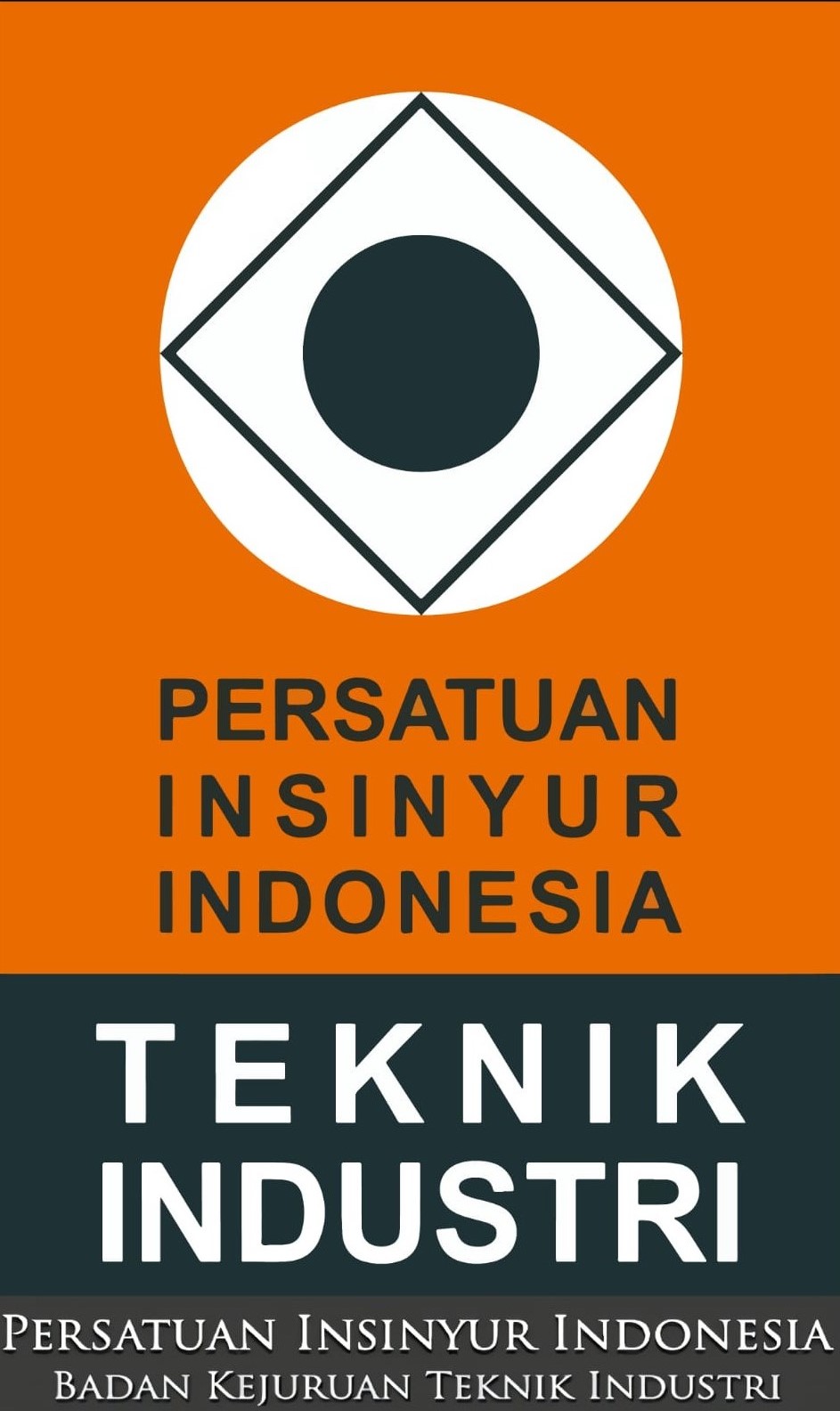Integration of Reverse Engineering and Additive Manufacturing Methods in the Design and Development of Prosthetic Products : A Literature Review
DOI:
https://doi.org/10.32734/jsti.v27i1.17188Keywords:
Additive Manufacturing, Customization, Prosthetics, Reverse Engineering, BiocompatibilityAbstract
The integration of reverse engineering (RE) and additive manufacturing (AM) in the design and development of prosthetic devices has shown significant potential for improving the customization, efficiency, and overall quality of these essential medical aids. This paper reviews recent advancements in the use of RE and AM for prosthetics, highlighting key methodologies and findings from various studies. The results demonstrate that combining these technologies can enhance mechanical properties, dimensional accuracy, and user satisfaction while reducing production costs and time. However, challenges such as material biocompatibility and the need for standardized frameworks remain. Continued research and collaboration among researchers, clinicians, and industry stakeholders are essential to fully realize the potential of RE and AM in prosthetic development, ultimately improving the quality of life for individuals with limb loss.
Downloads
References
D. Milone, D. D’Andrea, and D. Santonocito, “Smart Design of Hip Replacement Prostheses Using Additive Manufacturing and Machine Learning Techniques,†Prosthesis, vol. 6, no. 1, pp. 24–40, Dec. 2023, doi: 10.3390/prosthesis6010002.
X. Wang, M. Jiang, Z. Zhou, J. Gou, and D. Hui, “3D printing of polymer matrix composites: A review and prospective,†Compos B Eng, vol. 110, pp. 442–458, Feb. 2017, doi: 10.1016/j.compositesb.2016.11.034.
J. Sedlak, O. Vocilka, M. Slany, J. Chladil, A. Polzer, and M. Varhanik, “DESIGN AND PRODUCTION OF EYE PROSTHESIS USING 3D PRINTING,†MM Science Journal, vol. 2020, no. 1, pp. 3806–3812, Mar. 2020, doi: 10.17973/MMSJ.2020_03_2019127.
A. Kumar, P. Kumar, H. Singh, A. Haleem, and R. K. Mittal, “Integration of reverse engineering with additive manufacturing,†in Advances in Additive Manufacturing Artificial Intelligence, Nature-Inspired, and Biomanufacturing, Elsevier, 2023, pp. 43–65. doi: 10.1016/B978-0-323-91834-3.00028-4.
A. Unkovskiy, S. Spintzyk, D. Axmann, E. Engel, H. Weber, and F. Huettig, “Additive Manufacturing: A Comparative Analysis of Dimensional Accuracy and Skin Texture Reproduction of Auricular Prostheses Replicas,†Journal of Prosthodontics, vol. 28, no. 2, Feb. 2019, doi: 10.1111/jopr.12681.
S. Miechowicz et al., “Method of designing and manufacturing craniofacial soft tissue prostheses using Additive Manufacturing: A case study,†Biocybern Biomed Eng, vol. 41, no. 2, pp. 854–865, Apr. 2021, doi: 10.1016/j.bbe.2021.05.008.
R. C. da Silveira Romero, A. A. Machado, K. A. Costa, P. H. R. G. Reis, P. Paiva Brito, and C. B. Santos Vimieiro, “Development of a Passive Prosthetic Hand That Restores Finger Movements Made by Additive Manufacturing,†Applied Sciences, vol. 10, no. 12, p. 4148, Jun. 2020, doi: 10.3390/app10124148.
L. G. De Vivo Nicoloso, J. Pelz, H. Barrack, and F. Kuester, “Towards 3D printing of a monocoque transtibial prosthesis using a bio-inspired design workflow,†Rapid Prototyp J, vol. 27, no. 11, pp. 67–80, Dec. 2021, doi: 10.1108/RPJ-06-2021-0136.
S. F. Klimaschewski, R. Raschke, and M. Vehse, “Additive manufacturing for health technology applications,†Journal of Mechanical and Energy Engineering, vol. 3, no. 3, pp. 215–220, Dec. 2019, doi: 10.30464/jmee.2019.3.3.215.
E. Stenvall et al., “Additive Manufacturing of Prostheses Using Forest-Based Composites,†Bioengineering, vol. 7, no. 3, p. 103, Sep. 2020, doi: 10.3390/bioengineering7030103.
T. Barbin et al., “3D metal printing in dentistry: An in vitro biomechanical comparative study of two additive manufacturing technologies for full-arch implant-supported prostheses,†J Mech Behav Biomed Mater, vol. 108, p. 103821, Aug. 2020, doi: 10.1016/j.jmbbm.2020.103821.
M. Munsch, “Laser additive manufacturing of customized prosthetics and implants for biomedical applications,†in Laser Additive Manufacturing, Elsevier, 2017, pp. 399–420. doi: 10.1016/B978-0-08-100433-3.00015-4.
C. Nayak, A. Singh, H. Chaudhary, and A. Tripathi, “A NOVEL APPROACH FOR CUSTOMIZED PROSTHETIC SOCKET DESIGN,†Biomed Eng (Singapore), vol. 28, no. 03, p. 1650022, Jun. 2016, doi: 10.4015/S1016237216500228.
H. K. Banga, P. Kumar, and H. Kumar, “Utilization of Additive Manufacturing in Orthotics and Prosthetic Devices Development,†IOP Conf Ser Mater Sci Eng, vol. 1033, no. 1, p. 012083, Jan. 2021, doi: 10.1088/1757-899X/1033/1/012083.
M. Tilton, G. S. Lewis, M. W. Hast, E. Fox, and G. Manogharan, “Additively manufactured patient-specific prosthesis for tumor reconstruction: Design, process, and properties,†PLoS One, vol. 16, no. 7, p. e0253786, Jul. 2021, doi: 10.1371/journal.pone.0253786.
M. J. Mirzaali, V. Moosabeiki, S. M. Rajaai, J. Zhou, and A. A. Zadpoor, “Additive Manufacturing of Biomaterials—Design Principles and Their Implementation,†Materials, vol. 15, no. 15, p. 5457, Aug. 2022, doi: 10.3390/ma15155457.
F. Górski, R. Wichniarek, W. Kuczko, and M. Żukowska, “Study on Properties of Automatically Designed 3D-Printed Customized Prosthetic Sockets,†Materials, vol. 14, no. 18, p. 5240, Sep. 2021, doi: 10.3390/ma14185240.
J. A. Tamayo, M. Riascos, C. A. Vargas, and L. M. Baena, “Additive manufacturing of Ti6Al4V alloy via electron beam melting for the development of implants for the biomedical industry,†Heliyon, vol. 7, no. 5, p. e06892, May 2021, doi: 10.1016/j.heliyon.2021.e06892.
C. Rontescu, C.-G. Amza, A.-M. Bogatu, D.-T. Cicic, F. D. Anania, and A. Burlacu, “Reconditioning by Welding of Prosthesis Obtained through Additive Manufacturing,†Metals (Basel), vol. 12, no. 7, p. 1177, Jul. 2022, doi: 10.3390/met12071177.
C. Diaz León, “Application of 3D additive manufacturing and robotics for hand prosthetic design,†MOJ Applied Bionics and Biomechanics, vol. 3, no. 6, 2019, doi: 10.15406/mojabb.2019.03.00120.
A. Manero et al., “Evolving 3D-Printing Strategies for Structural and Cosmetic Components in Upper Limb Prosthesis,†Prosthesis, vol. 5, no. 1, pp. 167–181, Feb. 2023, doi: 10.3390/prosthesis5010013.
M. van der Stelt, F. Stenveld, T. Bitter, T. J. J. Maal, and D. Janssen, “Design Evaluation of FFF-Printed Transtibial Prosthetic Sockets Using Follow-Up and Finite Element Analysis,†Prosthesis, vol. 4, no. 4, pp. 589–599, Oct. 2022, doi: 10.3390/prosthesis4040048.
Downloads
Published
How to Cite
Issue
Section
License
Copyright (c) 2025 TALENTA Publisher Universitas Sumatera Utara

This work is licensed under a Creative Commons Attribution-ShareAlike 4.0 International License.
The Authors submitting a manuscript do so on the understanding that if accepted for publication, the copyright of the article shall be assigned to TALENTA Publisher Universitas Sumatera Utara as the publisher of the journal.
Copyright encompasses the rights to reproduce and deliver the article in all forms and media. The reproduction of any part of this journal, its storage in databases, and its transmission by any form or medium will be allowed.



















